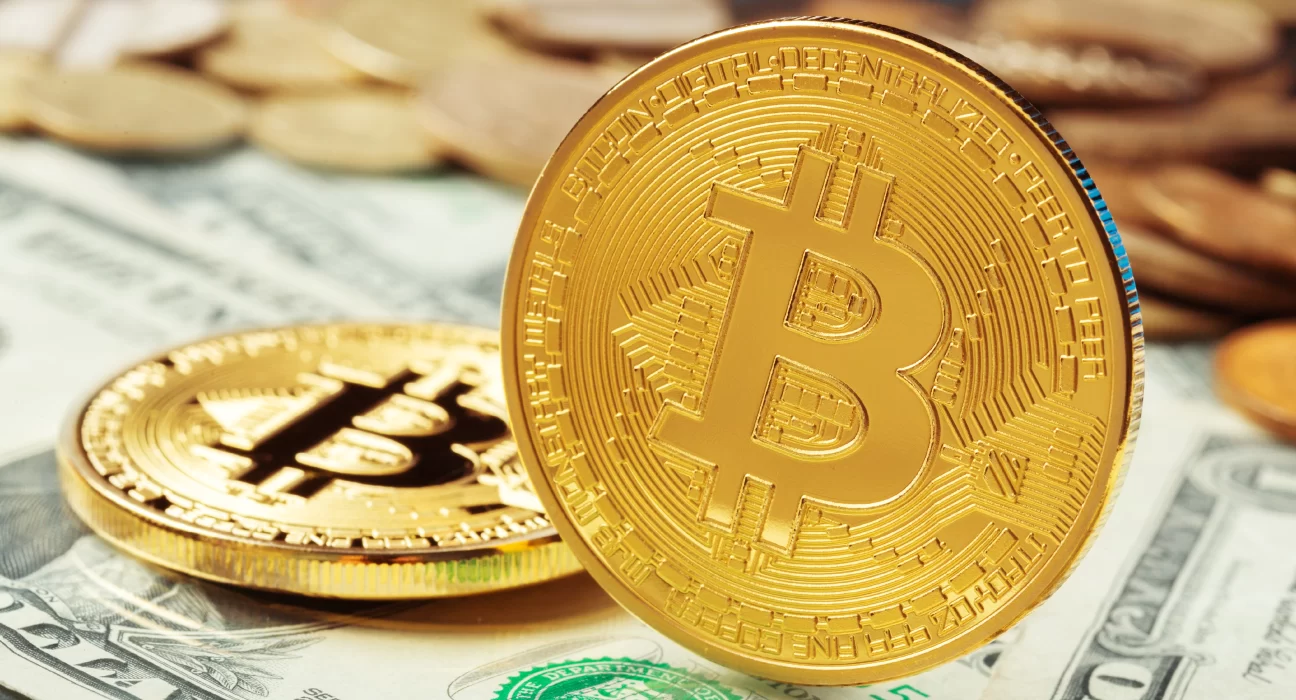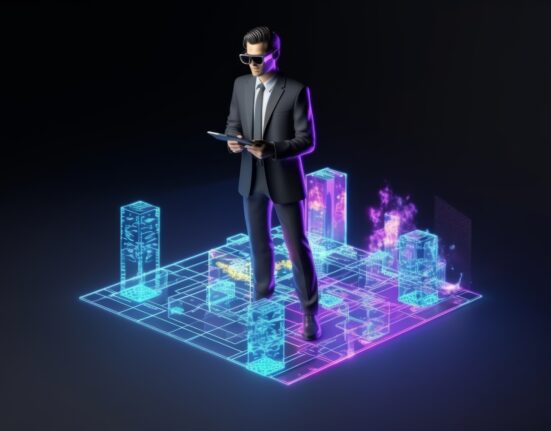Imagine a hundred men went to search for gold; after six months, one found it. His success indirectly represents the efforts of the rest of ninety-nine. All efforts are equivalent to six hundred months, fifty years. An ounce of gold is worth all strains because of its value… (Howard 1948).
Just as complicated as you may assume Bitcoin mining to be, or you fantasize about yourself as a Bitcoin miner, this article will introduce you to it right. Whether you are interested in mining immediately or gathering some knowledge, this article and its subsequent sisters will help you along.
Bitcoin started as a project and a published paper in 2009 by Satoshi Nakamoto. It appeared like something the world had never seen – a digital currency transforming the money concept and commerce.
Bitcoin was run by combining software and network technologies. The Bitcoin client is a program that manages and helps you spend Bitcoin simultaneously. This program maintains the blockchain – another system of holding and recording every Bitcoin transaction the network attests.
Mining is the reproduction of the currency. It is the regeneration process using interacting with the Bitcoin network and working with high-processing mining machines to produce other bitcoins. From the early days of bitcoins, mining is the only way to obtain them as peer–to–peer trades are less trusted.
Just as ‘mining’ means extracting valuable materials from the earth, mining in the Bitcoin context is a set of activities aimed at verifying Bitcoin transactions, preventing double-spending, protecting the Bitcoin network, collecting transaction fees, and extracting new Bitcoins. Getting new bitcoins is just seen as one of the reasons for mining. You might need to obtain bitcoins because you do not wish to exchange or sell. The reasons for mining can change along the way; as you learn more about bitcoins, you can choose to mine them for fun, science, commerce, and so on.
Mining verifies Bitcoin transactions by checking if they have occurred before. Transactions must send Bitcoins to valid Bitcoin addresses. They cannot spend non-existing bitcoins. When a miner detects a new valid block, he installs a new address to which mined bitcoins are awarded. Most miners take calculated risks; they put mining hardware to work, pay for electricity, and profit by selling the rewarded bitcoins.














Leave feedback about this